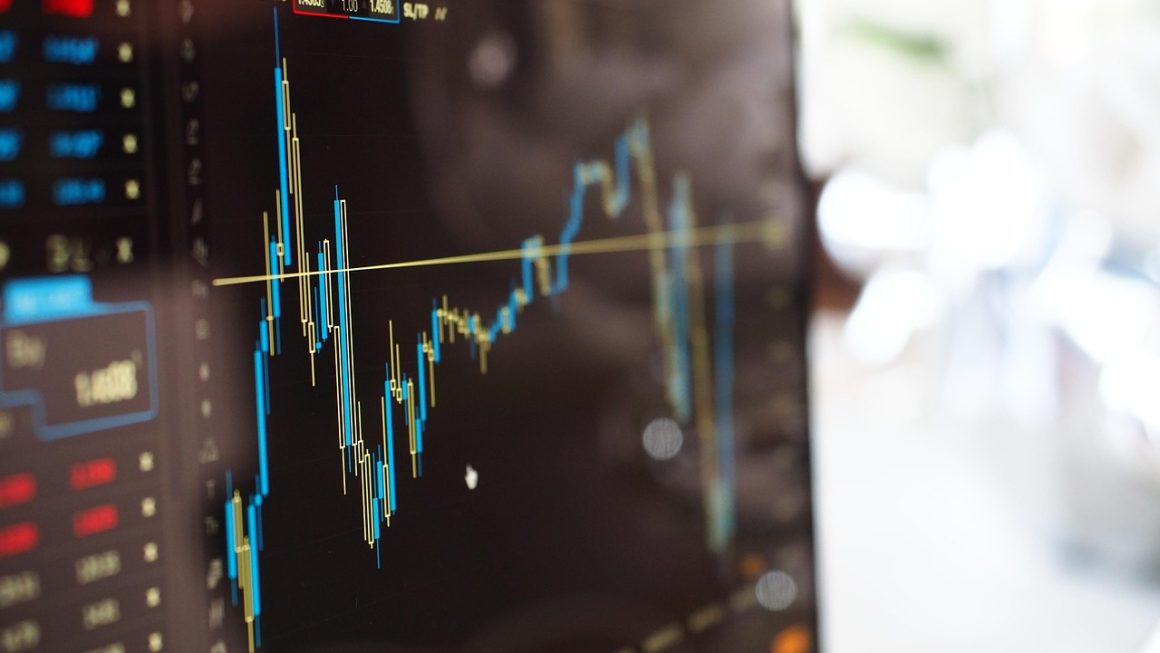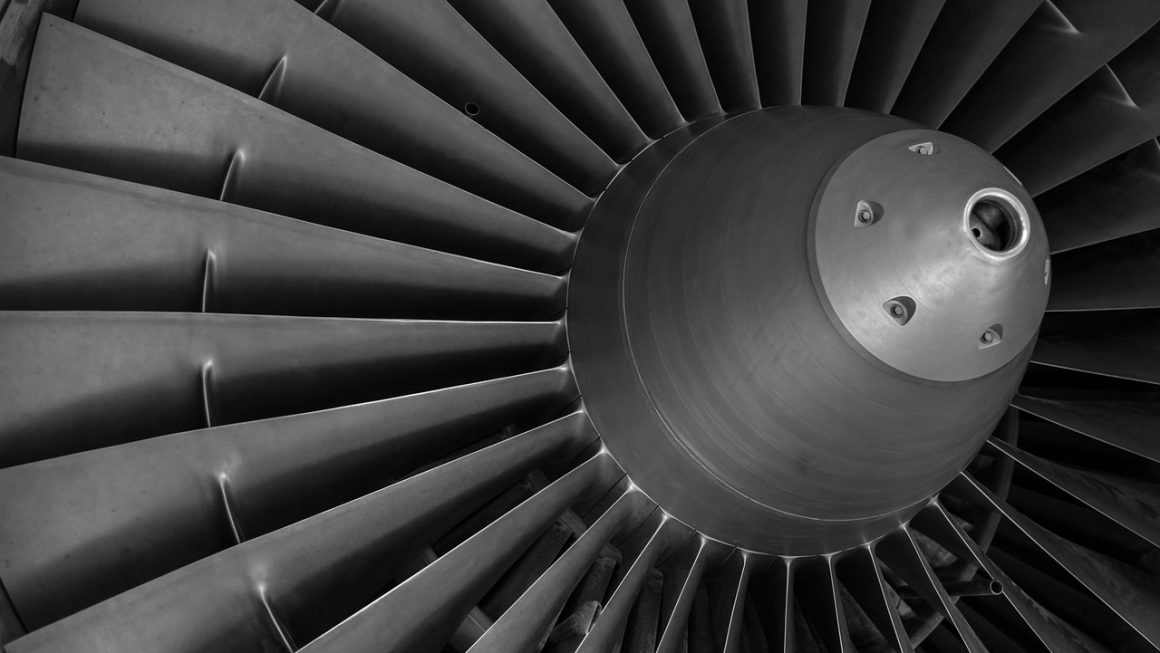Imagine a world where machines can “see” and understand the world around them, just like humans do. This isn’t science fiction anymore; it’s the reality of computer vision, a rapidly evolving field of artificial intelligence transforming industries and our daily lives. From self-driving cars to medical diagnostics, computer vision is revolutionizing how we interact with technology and the world. Let’s dive into the fascinating world of computer vision and explore its applications, techniques, and future potential.
What is Computer Vision?
Defining Computer Vision
Computer vision is a field of artificial intelligence (AI) that enables computers to “see” and interpret images and videos. It involves developing algorithms and models that allow machines to extract meaningful information from visual data, similar to how the human visual system works. Instead of simply processing pixels, computer vision systems aim to understand the content and context of images, enabling them to perform tasks such as object detection, image classification, and facial recognition.
How Computer Vision Works
The core of computer vision lies in algorithms that process and analyze visual data. These algorithms can be broadly categorized into:
- Image Acquisition: Capturing images or videos using cameras, sensors, or existing datasets.
- Image Preprocessing: Enhancing image quality through noise reduction, contrast adjustment, and geometric transformations.
- Feature Extraction: Identifying key features within the image, such as edges, corners, and textures, using techniques like edge detection filters (Sobel, Canny) and feature descriptors (SIFT, SURF, ORB).
- Object Detection: Locating and identifying objects of interest within the image using algorithms like YOLO (You Only Look Once), SSD (Single Shot Detector), and Faster R-CNN.
- Image Classification: Assigning a label to the entire image based on its content, using models like Convolutional Neural Networks (CNNs).
- Image Segmentation: Dividing an image into multiple segments or regions, each representing a different object or area, using techniques like semantic segmentation and instance segmentation.
The Difference Between Computer Vision and Image Processing
While often used interchangeably, computer vision and image processing are distinct. Image processing focuses on manipulating images to improve their quality or extract specific information. It’s more about enhancing and transforming images for human viewing. Computer vision, on the other hand, aims to enable machines to understand and interpret images, mimicking human vision. Image processing can be a crucial step within a computer vision pipeline, but it’s not the ultimate goal.
Key Techniques in Computer Vision
Convolutional Neural Networks (CNNs)
CNNs are the backbone of many modern computer vision systems. They are particularly effective at learning hierarchical representations of images, automatically extracting features from raw pixel data. Key aspects of CNNs include:
- Convolutional Layers: Apply filters to the input image to detect specific features.
- Pooling Layers: Reduce the spatial dimensions of the feature maps, reducing computational complexity and increasing robustness to variations in object position and scale.
- Activation Functions: Introduce non-linearity to the network, allowing it to learn complex patterns. (e.g., ReLU, Sigmoid)
- Fully Connected Layers: Perform classification based on the extracted features.
- Example: ImageNet Large Scale Visual Recognition Challenge (ILSVRC) has been significantly impacted by the advancement of CNNs, leading to models like AlexNet, VGGNet, and ResNet.
Object Detection Algorithms
Object detection aims to identify and locate multiple objects within an image. Popular algorithms include:
- YOLO (You Only Look Once): A fast and accurate object detection algorithm that processes the entire image in a single pass. Widely used in real-time applications.
- SSD (Single Shot Detector): Another single-shot object detector that offers a good balance between speed and accuracy.
- Faster R-CNN: A two-stage object detector that first proposes regions of interest (ROIs) and then classifies them. Provides high accuracy but is slower than YOLO and SSD.
- Mask R-CNN: An extension of Faster R-CNN that adds a mask prediction branch, enabling pixel-level segmentation of objects.
Image Segmentation Techniques
Image segmentation involves partitioning an image into multiple segments, each representing a different object or region. This allows for a more detailed understanding of the image content.
- Semantic Segmentation: Assigns a class label to each pixel in the image.
- Instance Segmentation: Detects and segments individual instances of objects in the image. (e.g., distinguishing between individual cars in a street scene).
- Techniques: U-Net, DeepLab, PSPNet
Applications of Computer Vision
Autonomous Vehicles
Computer vision is crucial for enabling self-driving cars to perceive their surroundings. Cameras and sensors capture images and videos, which are then processed by computer vision algorithms to:
- Detect traffic signs and signals.
- Identify pedestrians and other vehicles.
- Determine the road boundaries and lane markings.
- Create a 3D map of the environment.
- Example: Tesla’s Autopilot system uses computer vision to assist with lane keeping, adaptive cruise control, and automatic emergency braking.
Healthcare
Computer vision is transforming healthcare by enabling:
- Automated medical image analysis: Identifying tumors, fractures, and other abnormalities in X-rays, MRIs, and CT scans.
- Robotic surgery: Providing surgeons with enhanced visualization and precision.
- Drug discovery: Analyzing microscopic images of cells and tissues to identify potential drug candidates.
- Remote patient monitoring: Using computer vision to track patients’ vital signs and movements.
- Example: Google’s Lymph Node Assistant (LYNA) uses computer vision to detect metastatic breast cancer in lymph node biopsies with high accuracy.
Retail
Computer vision is enhancing the retail experience by enabling:
- Automated checkout systems: Identifying products and processing payments without the need for human cashiers (e.g., Amazon Go stores).
- Inventory management: Tracking stock levels and identifying misplaced or missing items.
- Customer behavior analysis: Monitoring customer movements and interactions to optimize store layout and product placement.
- Personalized recommendations: Identifying customer preferences based on their browsing history and past purchases.
- Example: Walmart uses computer vision to monitor shelves and track inventory in real-time, ensuring products are always in stock.
Manufacturing
Computer vision is improving efficiency and quality control in manufacturing by enabling:
- Automated inspection: Detecting defects in products and components.
- Robotic assembly: Guiding robots to perform complex assembly tasks with high precision.
- Predictive maintenance: Analyzing images of equipment to identify potential problems before they occur.
- Worker safety: Monitoring worker movements and identifying potential hazards.
- Example: BMW uses computer vision to inspect car bodies for imperfections, ensuring high quality standards.
Challenges and Future Trends in Computer Vision
Data Requirements and Annotation
Computer vision models, especially deep learning models, require large amounts of labeled data to train effectively. Acquiring and annotating this data can be time-consuming and expensive.
- Solution: Exploring techniques like semi-supervised learning, self-supervised learning, and active learning to reduce the need for labeled data. Utilizing synthetic data generation to augment training datasets.
Computational Resources
Training and deploying complex computer vision models can require significant computational resources, including powerful GPUs and specialized hardware.
- Solution: Optimizing models for deployment on edge devices with limited computational resources. Using techniques like model compression and quantization to reduce model size and complexity.
Bias and Fairness
Computer vision models can inherit biases from the data they are trained on, leading to unfair or discriminatory outcomes.
- Solution: Carefully curating and diversifying training datasets to mitigate bias. Developing techniques to detect and mitigate bias in computer vision models.
Future Trends
- Explainable AI (XAI): Developing computer vision models that are more transparent and interpretable, allowing users to understand why a model made a particular decision.
- Edge Computing: Deploying computer vision models on edge devices, enabling real-time processing of visual data without the need for cloud connectivity.
- 3D Computer Vision: Developing algorithms that can process and understand 3D data, enabling applications like virtual reality and augmented reality.
- Generative Models: Using generative models like GANs (Generative Adversarial Networks) to create realistic images and videos for various purposes, including data augmentation and content creation.
Conclusion
Computer vision is a transformative technology with the potential to revolutionize many industries and aspects of our lives. From enabling self-driving cars to improving medical diagnostics, computer vision is already making a significant impact. As the field continues to evolve, we can expect to see even more innovative applications of computer vision in the years to come. Staying abreast of these advances and understanding the underlying principles of computer vision will be crucial for businesses and individuals alike. Embrace the power of “sight” for machines, and unlock a world of possibilities!




